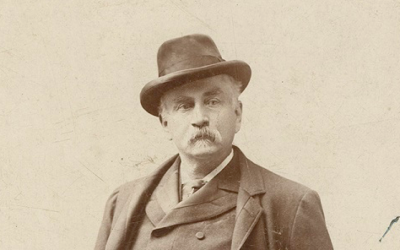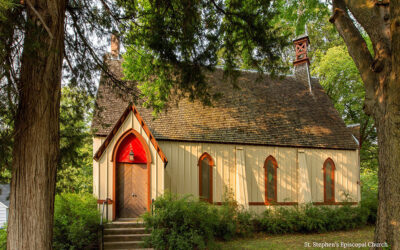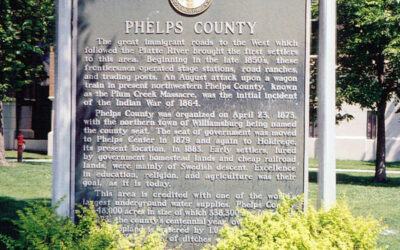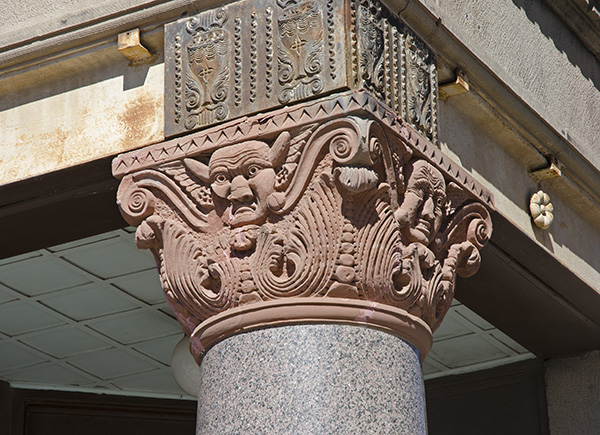
By David Calease
Three Nebraska downtowns are destined for the National Register of Historic Places. Grand Island, Kearney, and Neligh were all nominated for listing in the National Register, at the September meeting of the Nebraska State Historic Preservation Board. Their listing is now pending approval by the National Park Service.
Photo Above: Detail of a column capital on the Andrews Block, 2100 Central Avenue in Kearney. Also known as the Downing-Bartlett Building, it was constructed in 1890 and added on to in 1906.
Local citizens initiated the three nominations by contacting History Nebraska, which then contracted with private firms to research and assess the nominated districts. The assessments identified the significance and integrity each district retained. All three show the economic development of their communities from the late nineteenth through the mid-twentieth centuries.
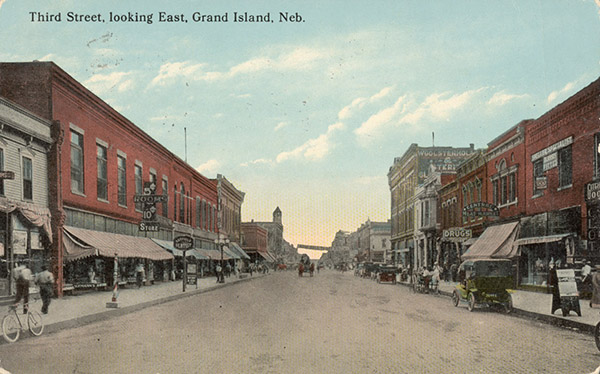
A 1915 postcard showing Grand Island’s Third Street. NSHS RG3451-3-12
The Grand Island Downtown Historic District, centered on a six-block stretch of West 3rd Street, includes smaller segments along East South Front Street and West 2nd Street. Since its initial development in the 1870s, this section of Grand Island has served as the commercial center of town. Throughout the district, one- to three-story brick commercial buildings with flat roofs are common, with large storefront windows and cornice ornamentation.
The district was also nominated to the Register for its architectural significance. Its eclectic mix of architectural styles embody the characteristics of nearly a century of commercial building types.
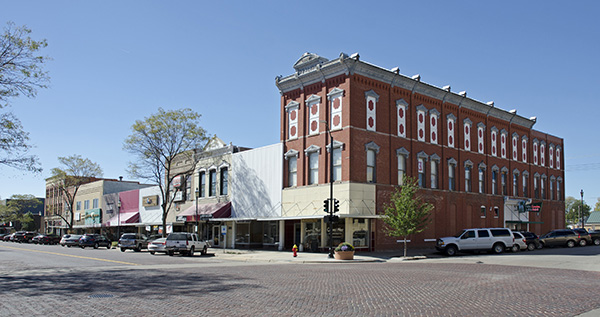
Originally known as the Robertson Block, Kearney’s Henline Building housed First National Bank on the ground floor and the Masonic Lodge on the second.
The Kearney Downtown Historic District encompasses roughly five square blocks of the historic downtown core along Central Avenue, from 19th Street to 24th and 25th Street. The district contains ninety-nine contributing resources and four individually listed properties.
From 1875 to 1965, this area was the commercial center of Kearney. As transportation routes changed, so did commercial development. Now, much of downtown resembles the look and feel of the previous eras. The district represents multiple decades, where late nineteenth-century brick facades and 1950s slip-covers together illustrate the greater story of Kearney’s economic evolution.
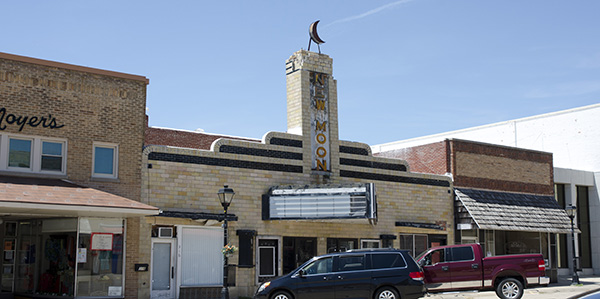
Neligh’s New Moon Theater was built after its predecessor, Moon Theater, was destroyed by fire in 1944.
The Downtown Neligh Historic District is the smallest of the three district nominations. Of its fifty-five properties, forty-one contribute historically to the district. Most of the represented building forms are one- and two-part commercial blocks of utilitarian architectural style with subtle stylistic influences. The dense streetwalls in the district’s center illustrate the growth of Neligh’s commercial core and represent a typical downtown streetscape of the early commercial centers. The variety of businesses once housed here reflects the needs of what was a thriving commercial center.
Listing in the National Register of Historic Places not only recognizes significant historical development but makes each city eligible for the State Tax Credit program and Federal Tax Incentives. These incentives simultaneously promote redevelopment and preservation, ensuring a vibrant commercial core for each of these communities for years to come.
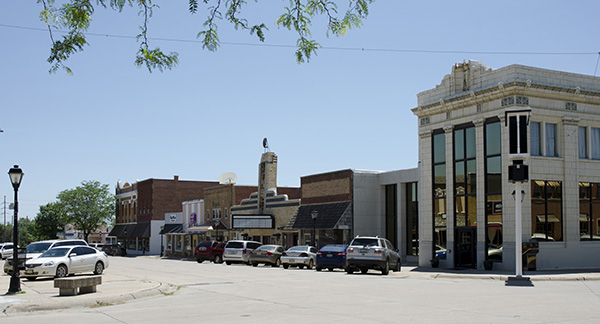
Another view of Neligh, with the New Moon Theater, and the Atlas Bank at right.

